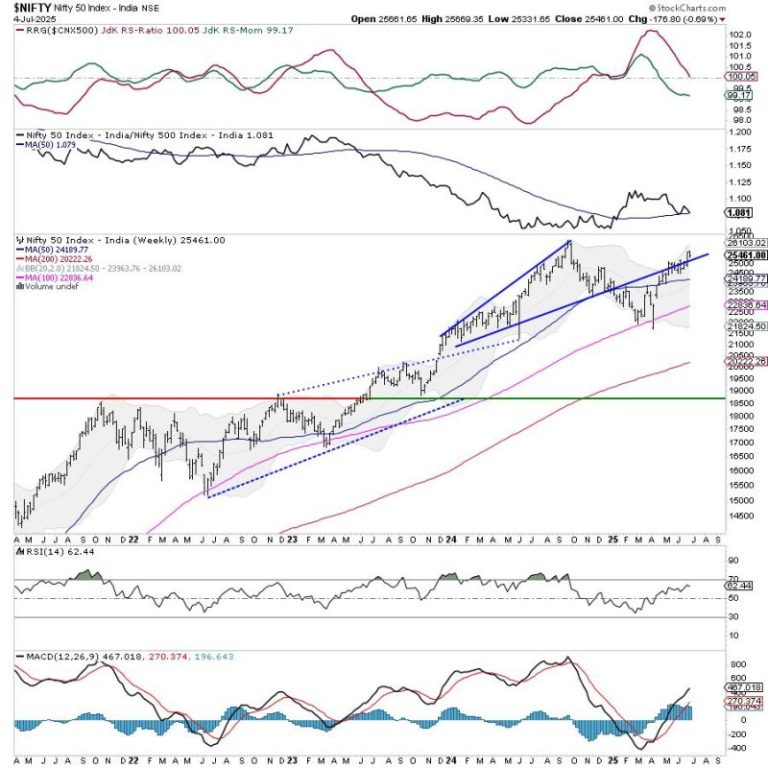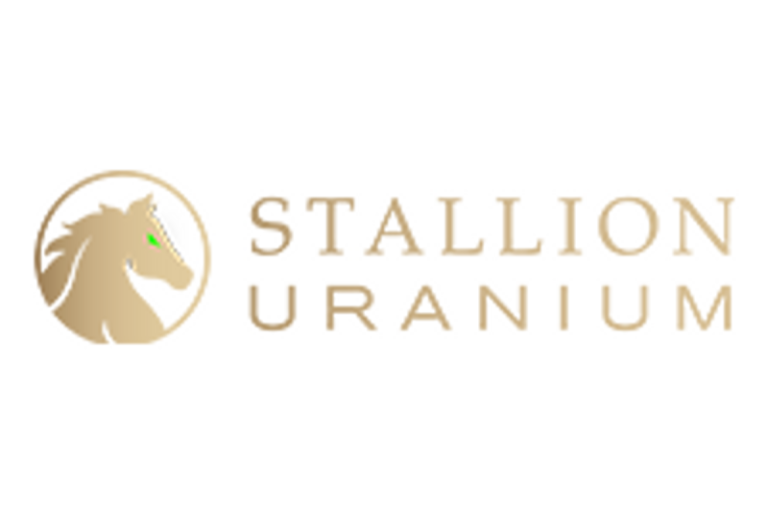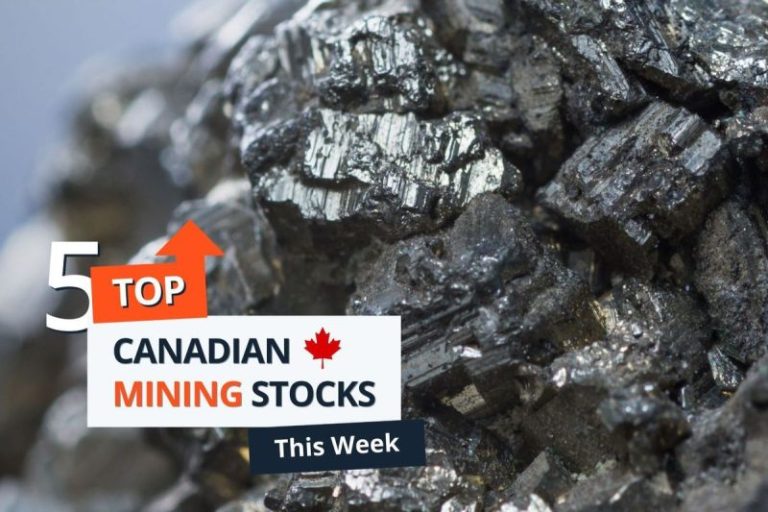On Monday (June 30), Statistics Canada released its natural resource indicator report for the first quarter of 2025.
The data shows a 1.6 percent growth quarter-over-quarter in the real gross domestic product (GDP) of the sector during the three-month period, indicating that the sector outpaced the broader economy, which posted an increase of just 0.5 percent.
The energy subsector led the way with a 2.2 percent gain, driven by increases of 2 percent in crude oil and 3.4 percent in electricity.
The minerals and mining sector increased by just 0.4 percent overall. Within it, the manufacturing of metallic mineral products grew 4 percent, and non-metallic mineral extraction rose 3.2 percent. On the other hand, metallic mineral extraction declined by 2.9 percent
Although real GDP increased, exports declined at the start of the year. Energy exports fell by 1.8 percent, due to a 12.4 percent decrease in outgoing refined petroleum products. Similarly, mineral and mining exports were also down by a more modest 0.9 percent.
South of the border, the “One Big Beautiful Bill” was passed by the US Congress on Thursday (July 3). The legislation is a cornerstone policy of President Donald Trump’s economic policy and includes several significant tax and spending cuts.
Among the provisions is an extension of US$4.5 trillion in tax breaks originally enacted by Trump in 2017 during his first term.
The package will increase defense and national security spending, including significantly increased funding for Immigration and Customs Enforcement and money earmarked for the development of the “Golden Dome” missile defense system.
To offset the decrease in tax income and increase in spending, the government made US$1.2 trillion in cuts to Medicaid and food stamps and clawed back green energy tax credits.
Critics of the bill have warned that it would result in increased deficit spending by the government, as shortfalls are expected to add more than US$3.3 trillion to the federal deficit over the next decade.
Markets and commodities react
In Canada, markets were closed on Tuesday (July 1) for the Canada Day holiday. Equity markets saw moderate gains this week with the S&P/TSX Composite Index (INDEXTSI:OSPTX) rising 1.24 percent to close at 27,036.16 on Friday. The S&P/TSX Venture Composite Index (INDEXTSI:JX) fared better, gaining 3.9 percent to 755.22, while the CSE Composite Index (CSE:CSECOMP) climbed 1.9 percent to 120.92.
Markets in the US also had a shortened week and were closed on Friday for the July 4 holiday. US equities were also in positive territory this week, with the S&P 500 (INDEXSP:INX) gaining 2.09 percent to close Thursday at 6,279.36, the Nasdaq 100 (INDEXNASDAQ:NDX) climbing 1.7 percent to 22,866.97 and the Dow Jones Industrial Average (INDEXDJX:.DJI) rising 0.77 percent to 44,828.54.
The gold price rose 1.85 percent to US$3,333.90 by Friday at 4 p.m. EDT, while the silver price ended the week up 2.39 percent to US$36.85.
In base metals, the COMEX copper price was unchanged this week at US$5.12 per pound. Meanwhile, the S&P GSCI (INDEXSP:SPGSCI) gained 1.49 percent to close at 552.55.
Top Canadian mining stocks this week
How did mining stocks perform against this backdrop?
Take a look at this week’s five best-performing Canadian mining stocks below.
Stock data for this article was retrieved at 4 p.m. EDT on Friday using TradingView’s stock screener. Only companies trading on the TSX, TSXV and CSE with market capitalizations greater than C$10 million are included. Mineral companies within the non-energy minerals, energy minerals, process industry and producer manufacturing sectors were considered.
1. Mkango Resources (TSXV:MKA)
Weekly gain: 90 percent
Market cap: C$147.17 million
Share price: C$0.57
Mkango Resources is a rare earths exploration and development company focused on advancing rare earths mining and recycling projects.
The company owns the Songwe Hill rare earths project in Southeast Malawi. The property comprises 11 retention licenses and has undergone historic exploration dating back to the 1980s.
A July 2022 feasibility study for the property demonstrated economic viability with a post-tax net present value of US$559 million, an internal rate of return of 31.5 percent and a payback period of 2.5 years.
The report was based on a February 2019 mineral reserve estimate that reported measured and indicated total rare earth oxide (TREO) resources of 297,400 metric tons from 21.03 million metric tons of ore with an average grade of 1.5 percent and inferred resources of 366,200 metric tons of TREOs from 27.54 million metric tons of ore with an average grade of 1.33 percent.
The company is also developing the Pulawy rare earth separation plant in Poland in partnership with Grupa Azoty Zakłady Azotowe. Once complete, the plant is expected to produce 2,000 metric tons per year of neodymium, praseodymium and didymium oxides. It will also produce 50 metric tons per year of dysprosium and terbium oxides.
Additionally, Mkango holds a 79.4 percent interest in Maginito, which owns HyProMag, a company specializing in the recycling of rare earth magnets. The remaining 20.6 percent interest is held by CoTec Holdings (TSXV:CTH,OTCQB:CTHCF).
Shares in Mkango were up this week after the company announced on Thursday that it had entered into a definitive business combination agreement with Crown PropTech Acquisitions. The company stated that its subsidiary, Lancaster Exploration, and other subsidiaries would merge with Crown PropTech to create what it describes as a vertically integrated, global rare earths platform that incorporates Songwe Hill and the Pulawy separation plant. The combined entity will be named Mkango Rare Earths and trade on the Nasdaq.
Following the deal, which is targeted to close in Q4, Mkango will focus on its rare earths recycling business.
2. Lithium South (TSXV:LIS)
Weekly gain: 50 percent
Market cap: C$55.61 million
Share price: C$0.18
Lithium South is an exploration and development company working to advance its Hombre Muerto North lithium brine project in Argentina. The property consists of nine concessions covering a land package of 5,687 hectares.
According to its April 2024 preliminary economic assessment, the company is planning to install production wells at the Tramo, Natalia Maria and Alba Sabrina concessions. The assessment demonstrated project economics with a post-tax net present value of US$934 million, an internal rate of return of 31.6 percent and a payback period of 2.5 years.
The included mineral resource estimate for the three concessions reported a combined measured and indicated lithium resource of 297,400 metric tons from 404.1 million cubic meters of brine with an average concentration of 736 milligrams per liter.
The most recent news from Lithium South was released on June 25, when the company provided an update on its environmental impact assessment. Lithium South said that it had received a response from the mining secretariat of the Salta Province regarding the assessment and was in the process of responding to obtain final approval, which would allow the company to construct a pilot plant for its definitive feasibility study.
3. Oceanic Iron Ore (TSXV:FEO)
Weekly gain: 46.81 percent
Market cap: C$55.61 million
Share price: C$0.345
Oceanic Iron Ore is an exploration and development company working to advance its Ungava Bay iron projects in Northern Québec, Canada.
The properties consist of 3,000 claims covering a total land package of 1,500 square kilometers across three project areas: Hopes Advance, Morgan Lake and Roberts Lake.
A January 2020 preliminary economic assessment for Hopes Advance presented project economics, showing a post-tax net present value of US$1.4 billion, an internal rate of return of 16.8 percent and a payback period of 6.7 years.
The report also included a mineral reserve estimate for Hopes Advance with a measured and indicated resource of 515 million metric tons of iron concentrate from 1.39 billion metric tons of ore with an average grade of 32.1 percent.
On Monday, Oceanic announced it settled C$139,666 in accrued interest from several debentures by issuing common shares at a price of C$0.24. While its share price didn’t move much on that news, it picked up steam significantly in the latter half of the week.
4. Excellon Resources (TSXV:EXN)
Weekly gain: 44.44 percent
Market cap: C$55.61 million
Share price: C$0.325
Excellon Resources is an exploration and development company that is advancing its recently acquired Mallay silver mine in Peru back into production.
Mining at the site produced 6 million ounces of silver, 45 million pounds of zinc and 35 million pounds of lead between 2012 and 2018 before the operation was placed on care and maintenance.
On June 24, Excellon announced that it had completed its acquisition of Minera CRC, and its Mallay mine and Tres Cerros gold-silver project in Peru.
Excellon began the court-supervised acquisition process in October 2024. On March 11, Excellon announced that it had entered into a definitive agreement with Adar Mining and Premier Silver, which resolved any outstanding disputes between Adar, Premier, and Minera, and paved the way to complete the transaction.
In the June release, the company stated that it will immediately commence the next phase of its strategy to restart the mine. As Mallay is fully permitted with infrastructure in place, Excellon is aiming for run-rate silver production in Q2 of next year.
Additionally, the company announced on Thursday that it had appointed Mike Hoffman to its board of directors. Hoffman has been in the mining sector for over 35 years, and has experience with developing mines in Latin America.
5. Benz Mining (TSXV:BZ)
Weekly gain: 40.54 percent
Market cap: C$121.72 million
Share price: C$0.52
Benz Mining is a gold exploration company that is focused on advancing projects in Québec and Western Australia.
Its flagship Eastmain project consists of an 8,000 hectare property located in Central Québec within the Upper Eastmain Greenstone belt. The most recent mineral resource estimate from May 2023 reported an indicated resource of 384,000 ounces of gold from 1.3 metric tons of ore grading 9 g/t gold, and an inferred resource of 621,000 ounces of gold from 3.8 metric tons grading 5.1 g/t.
Earlier this year, Benz acquired the Glenburgh and Mt Egerton gold projects in Western Australia from Spartan Resources (ASX:SPR). It has spent much of 2025 exploring Glenburgh, which covers an area of 786 square kilometers and features 50 kilometers of strike. The site hosts six priority extension targets and 5 kilometers of exploration trend with over 100 parts per billion gold.
A November 2024 mineral resource estimate for Glenburgh showed an indicated and inferred resource of 510,000 ounces of gold from 16.3 million metric tons of ore with an average grade of 1 g/t gold.
On June 30, the company reported that it had encountered high-grade intercepts during its drill program at Glenburgh. One hole returned a grade of 2.9 g/t over 72 meters which included an intersection of 5.1 g/t over 39 meters at a depth of 319 meters.
The company stated that the results represent a significant step forward in “understanding and expanding the gold system.”
FAQs for Canadian mining stocks
What is the difference between the TSX and TSXV?
The TSX, or Toronto Stock Exchange, is used by senior companies with larger market caps, and the TSXV, or TSX Venture Exchange, is used by smaller-cap companies. Companies listed on the TSXV can graduate to the senior exchange.
How many mining companies are listed on the TSX and TSXV?
As of February 2025, there were 1,572 companies listed on the TSXV, 905 of which were mining companies. Comparatively, the TSX was home to 1,859 companies, with 181 of those being mining companies.
Together the TSX and TSXV host around 40 percent of the world’s public mining companies.
How much does it cost to list on the TSXV?
There are a variety of different fees that companies must pay to list on the TSXV, and according to the exchange, they can vary based on the transaction’s nature and complexity. The listing fee alone will most likely cost between C$10,000 to C$70,000. Accounting and auditing fees could rack up between C$25,000 and C$100,000, while legal fees are expected to be over C$75,000 and an underwriters’ commission may hit up to 12 percent.
The exchange lists a handful of other fees and expenses companies can expect, including but not limited to security commission and transfer agency fees, investor relations costs and director and officer liability insurance.
These are all just for the initial listing, of course. There are ongoing expenses once companies are trading, such as sustaining fees and additional listing fees, plus the costs associated with filing regular reports.
How do you trade on the TSXV?
Investors can trade on the TSXV the way they would trade stocks on any exchange. This means they can use a stock broker or an individual investment account to buy and sell shares of TSXV-listed companies during the exchange’s trading hours.
Article by Dean Belder; FAQs by Lauren Kelly.
Securities Disclosure: I, Dean Belder, hold no direct investment interest in any company mentioned in this article.
Securities Disclosure: I, Lauren Kelly, hold no direct investment interest in any company mentioned in this article.
This post appeared first on investingnews.com





